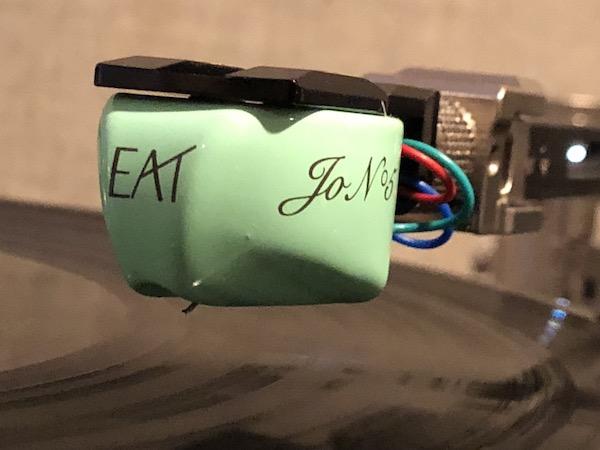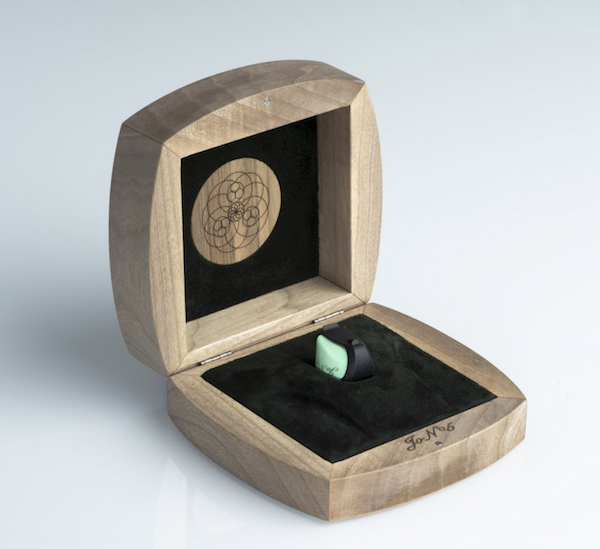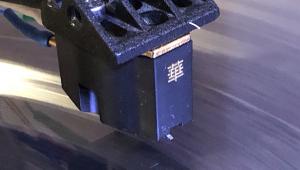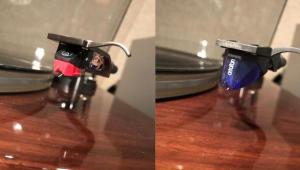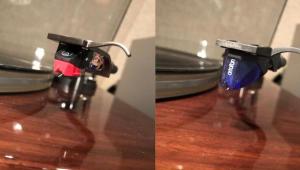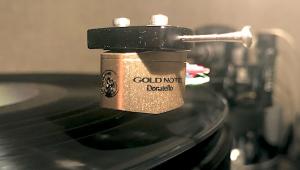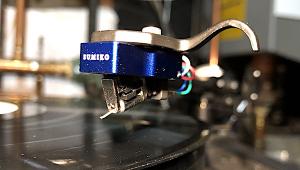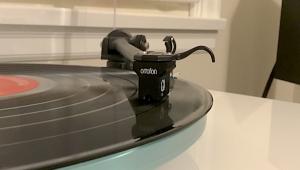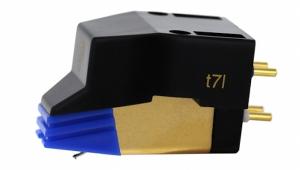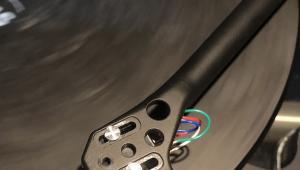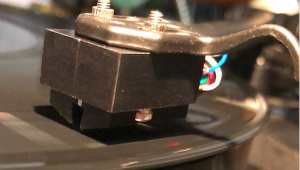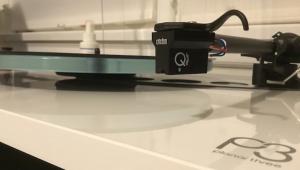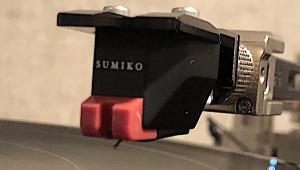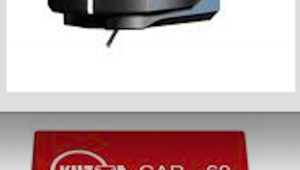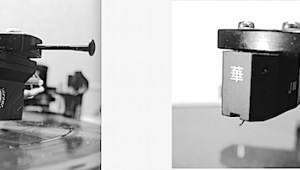... which had a boron cantilever is discontinued and has been replaced by the Quintet Black S with a sapphire cantilever.
The aluminum cantilever and fine-line stylus would suggest that the JoNo5 is closer to a Quintet Bronze. The price of JoNo5 is also essentially identical to that of the Ortofon Cadenza Red, which also sports the combo of an aluminum cantilever and fine-line stylus. Could we please have a showdown between these two cartridges?
